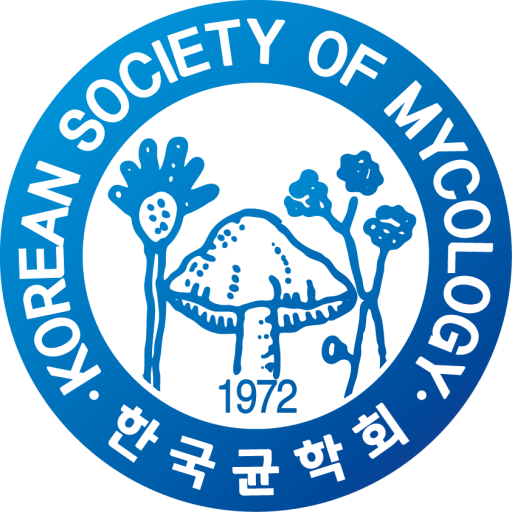Isolation and Characterization of Four Novel and Two Undescribed Species of Chaetomiaceae from Korea
Su Jin Kim, Min Kyung Kim, Thuong T. T. Nguyen and Hyang Burm Lee*
Environmental Microbiology Lab, Dept. of Agricultural Biological Chemistry, College of Agriculture & Life Sciences, Chonnam National University, Gwangju 61186, Korea; *Email:hblee@jnu.ac.kr
The family Chaetomiaceae was established in 1885 to accommodate fungi producing non-stromatic ascomata with a membranaceous ascomatal wall, fasciculate and evanescent asci, and single-celled, smooth, pigmented ascospores. Traditional taxonomic studies of Chaetomiaceae mainly have focused on sexually reproducing species. With the accumulation of molecular data, phylogenetic analyses have revealed that most traditionally defined genera in Chaetomiaceae are highly polyphyletic. Notably, species of the genus Humicola within Chaetomiaceae have been reclassified into other genera, including Mycothermus, Scolecobasidium, Pseudohumicola, Staphylotrichum, and Trichocladium. In Korea, only three species of Humicola have been reported, and no species of Pseudohumicola have been recorded to date. In this study, two novel and one unrecorded species of Humicola and two novel and one unrecorded species of Pseudohumicola were isolated from soil and freshwater samples in Korea. Their taxonomic positions were clarified by phylogenetic analyses of the internal transcribed spacer (ITS), beta-tubulin (BenA), and the second largest subunit of RNA polymerase II (RPB2) regions. Morphological characteristics were examined on various culture media. Detailed descriptions, illustrations, and phylogenetic trees are provided herein. This study expands the knowledge of species diversity in Chaetomiaceae in Korea.

 English
English